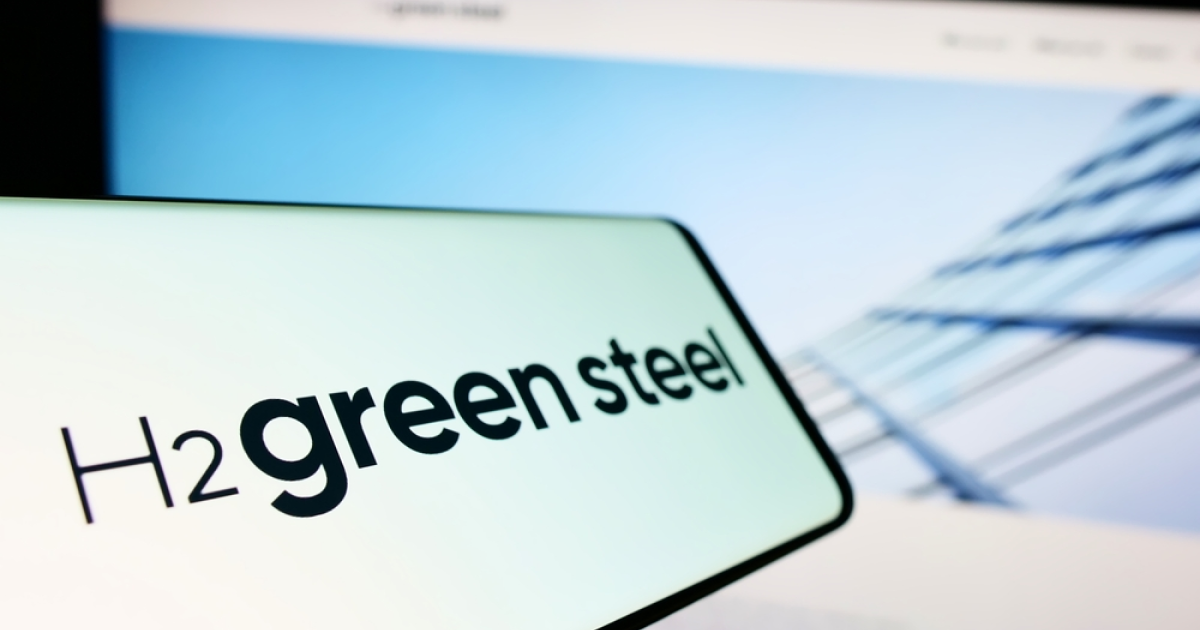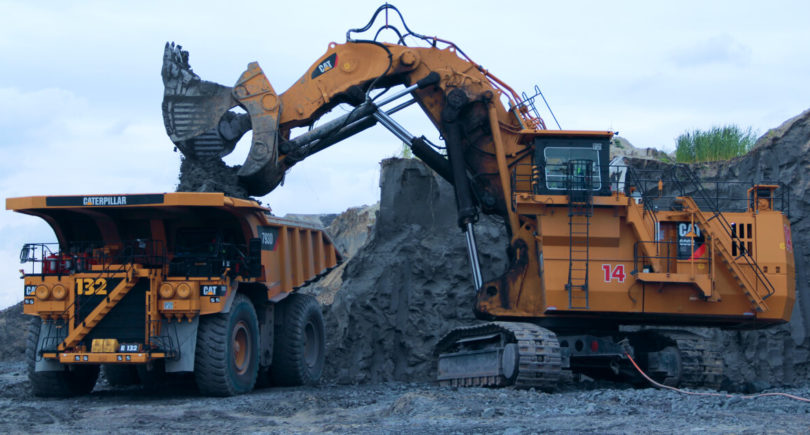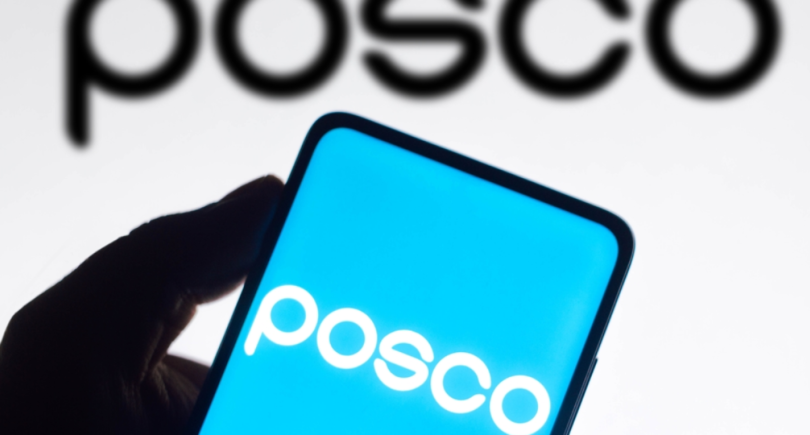
News Companies H2 Green Steel 615 24 November 2023
Green steel can become competitive with carbon-containing analogues within ten years
The recently launched European CBAM has the potential to level the playing field in Europe – and it is an important component of Sweden’s H2 Green Steel business model. Ola Hansen, the company’s Director of Public Affairs, told Hydrogen Insight in an interview.
Green steel produced using hydrogen can become price competitive with its dirty counterparts within ten years, Hansen said.
The CBAM, which applies to industrial products imported into Europe, he explained, is the key that allowed the EU to gradually phase out free carbon permits for domestic polluters. This means that large European steel producers using coke oven blast furnaces will be forced to pay for a growing portion of their greenhouse gas emissions. Therefore, their economic advantage over those producing green steel using hydrogen and EAFs powered by renewable energy sources will gradually diminish.
For H2 Green Steel, which is developing a large 700 MW electrolyzer as part of a future steel plant in Sweden, the CBAM and the related ETS reform have become almost existential.
In addition to being important to the company’s business model, Hansen notes, it is also a political signal that there is a transformation and entry into a society where emissions will be costly.
“In the long term, anything that is fully or in our case 95% decarbonized will have a competitive advantage in the future. So I wouldn’t say [Boden would be] impossible, but it’s a really important factor,» the H2Green Steel representative noted.
The Swedish company has already raised €5.3 billion in financing for the plant, including €1.8 billion in equity and €3.5 billion in debt. In addition, construction has already begun.
Much of this financing is provided by a series of purchase agreements with companies such as Mercedes-Benz, Scania and Porsche, equivalent to 60% of the plant’s annual production of 2.5 million tons of green steel in the first phase.
The future steel was sold at prices indexed to one of three market benchmarks – hot-rolled coils, cold-rolled coils and hot-dip galvanized steel – with a fixed «environmental premium» of 20-30% added, Hansen said.
If all the free allowances in the ETS were canceled immediately, the 20% gap between the market price and the green premium for hot-rolled and cold-rolled steel could be closed almost immediately, based on today’s emissions prices and current steel prices. As free carbon allowances are gradually reduced, we can expect their price in the EU to rise. And H2Green Steel’s success will depend on how the steel market develops and how the company manages its operations.
As GMK Center reported earlier, H2 Green Steel, founded only a few years ago, currently forms a sample attraction of financing in green steel industry.



